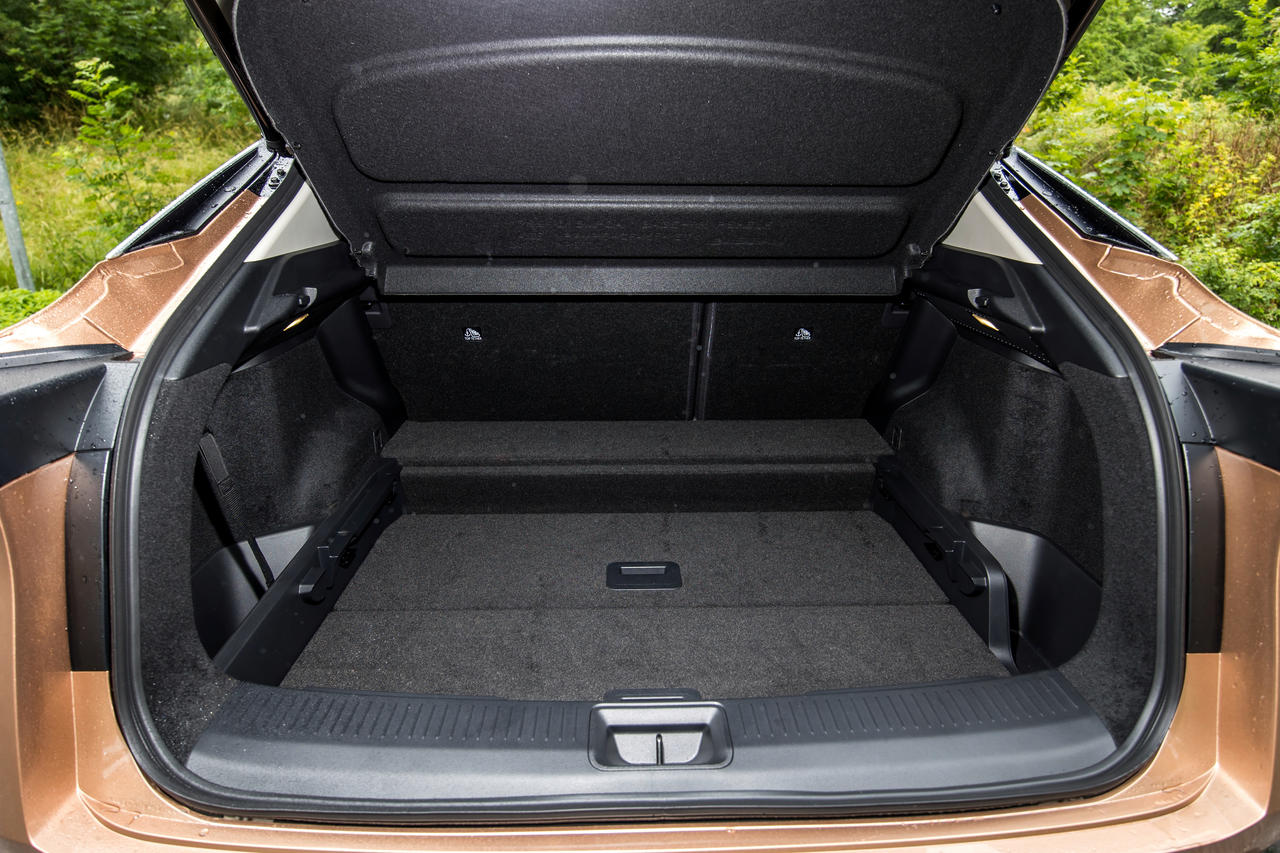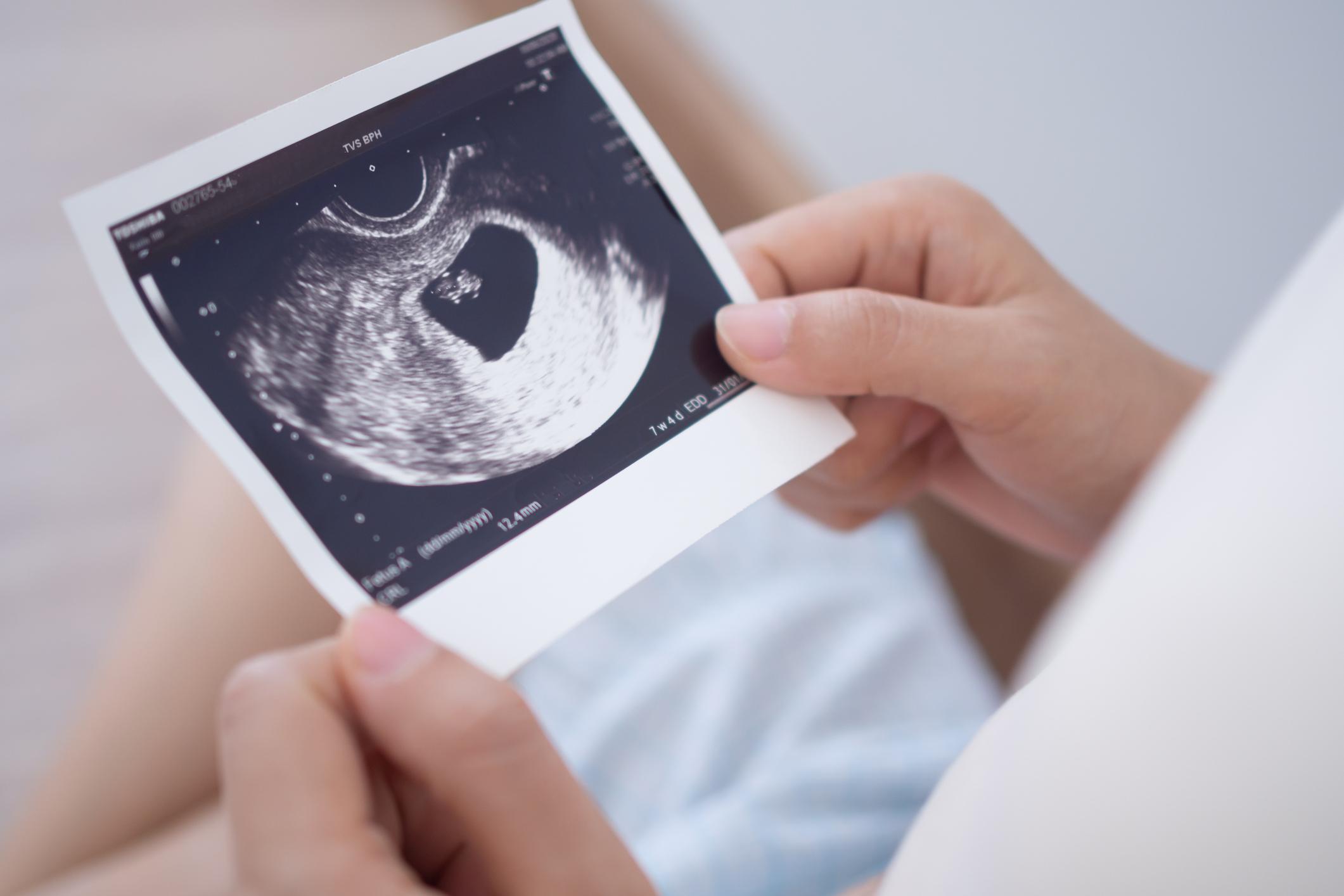
Finally a real novelty at Nissan. It’s been a while ! A good-sized SUV, obviously electric, this Ariya represents the bridgehead for the electrification of the Japanese range. We took his steering wheel in preview.
Car tested: Nissan Ariya 63 kWh Advance
|
From€46,400
€1,000 bonus
|
The Ariya is desired. The Covid-19 crisis and the shortage of semiconductors have disrupted the plans of Nissan, which planned a sensational entry of its first 100% electric SUV on the European automotive market in the fall of 2021. In March 2022, we did not still not see the body, but the manufacturer has opened orders (prices from €46,400) for an introduction in June in the French network. In the meantime, a few competitors such as the Skoda Enyaq, the Volkswagen ID.4 or the Tesla Model Y have established themselves well in this family electric SUV market.

To catch up, Nissan makes the crossover the headliner of its new offensive, which plans to launch a range of six electrified models by the summer. The Japanese know it. Like the other manufacturers, it has no choice but to follow the trend and push its electrification strategy in order to comply with the new European CO2 emission standards.2. Exit the Leaf in the lead, and hello the Arya! This is one of the messages presented by the brand during a press event during which we were able to get to know its latest addition better. A presentation that comes after the static discovery of the vehicle last year. As much to say it immediately: this grip was succinct, since barely thirty minutes were granted to us on the circuit (that of Jarama, near Madrid). Driving in single file, marked with a few cones and other highlights aimed at simulating different road routes. But this first handling of a pre-production model equipped with a 63 kWh battery has already allowed us to appreciate the capacities of this Ariya, while waiting to find it for a first complete test.


Range and price Nissan Ariya
Before getting behind the wheel, let’s take a look at a crucial point of electric models, their range. It differs according to the three available versions, as shown by the homologated autonomy in the WLTP cycle:
- 403 km for the 218 hp Ariya with 63 kWh battery;
- 520 km for the 242 hp Ariya with 87 kWh battery;
- 493 km for the Ariya 306 hp 4 x 4 with 87 kWh battery.
This latest version has a second electric motor on the rear axle, which doubles the torque value (600 Nm against 300 Nm for the traction Ariya) and inaugurates an all-wheel drive called e-4orcand. At €60,400, this cutting-edge Ariya unfortunately misses the bonus, limited to €1,000 on lower versions, because the first price is displayed above €45,000 (see all the prices, equipment and bonuses on the next page). For refueling on a fast terminal up to 80%, Nissan promises recharging times not exceeding 35 to 40 minutes thanks to a tolerated power of 130 kW. Regarding charging in alternating current, the power caps at 7.4 kW as standard, and it is necessary to add 1,000 € in order to benefit from the on-board charger of 22 kW (only available with the big battery and not before March 2023!). For this first run, we had at our disposal the entry-level Ariya, with 218 hp, 300 Nm of torque and a “small” 63 kWh battery. A beautiful baby already weighing 1,914 kg, more than 400 kg more than its big brother the Qashqai e-Power.
Driving
So it’s time to drive on the circuit, interspersed with artificial chicanes to slow us down. As a good electric SUV, the Ariya provides dynamic starts and revives with enthusiasm between two obstacles. It is appreciable, we feel that the couple is immediately available. These sharp accelerations then subside as the speed increases. Despite its heavy weight, the SUV is responsive in turns. The mass recalling especially to our memory at the time of braking.


Nissan has not renewed the “one pedal” solution, as on the Leaf, which allows when you take your foot off the accelerator to restore significant slowdowns until the vehicle comes to a complete stop. According to him, the customers did not want it. We then discover the “e-Pedal Step” system: braking, which takes place via electrical regeneration and mechanical friction, slows the vehicle down by 5 to 6 km/h but requires driver intervention to bring it to a complete stop at the very end of the race. We only activated the e-Pedal very little over this short period of time. It was also impossible for us to fully test the three driving modes called Eco, Standard and Sport. Each having an influence on the strength and behavior of the regenerative braking system, but also on the responsiveness of the accelerator pedal or the level of steering assistance.
The latter also appears to be well calibrated. It makes the Ariya both maneuverable and stable. The comfort seems very correct and the suspension rather flexible, even if it remains difficult to judge precisely this point on a perfectly smooth circuit. The most appreciable is of course the silence. Forget the noise of the engine, rolling and wind… at least during the few seconds of the portion at 130 km/h.

On board
A sophisticated ambience with a hint of minimalism is how we would describe the interior of the Ariya. The cabin, spacious, offers enough room in the front and rear despite a plunging roof line. As a reminder, the SUV is based on the CMF-EV platform dedicated to the electric vehicles of the alliance with Renault; a technical base also used for the Mégane E-Tech.

This makes it possible to adopt a completely flat floor and eliminate any separation between the driver and the passenger. Those new to the electric vehicle may be pleasantly surprised by this arrangement.
The finishes appear neat despite a significant amount of plastic surfaces. Good point nevertheless: Nissan has cleaned up to eliminate the most conventional buttons and keep only those of ventilation, encrusted in the wood effect material (touch controls with haptic feedback). Otherwise, all the useful information is under the nose of the driver since projected on two touch screens of 12.3 inches, one for the instrumentation, the other for the infotainment. A fairly easy to handle set.


Rear passengers will be won over by the slightly reclined backrests and by the generous legroom – even in the center seat – thanks to the electrically sliding console between the front seats (high Evolve finish only). At 468 l in volume in five places, the trunk remains less spacious than that of the Volkswagen ID.4 (543 l) and Skoda Enyaq (585 l). It even drops to 415 l in the 4 x 4 version with the second electric motor at the rear. Nevertheless, this remains sufficient for everyday use, while loading will be facilitated by the removable double floor and by the motorized tailgate as standard from the first level of the range.


Find the results of the test, the prices, the equipment and options, as well as the technical sheet of the Nissan Ariya on the following page.

















